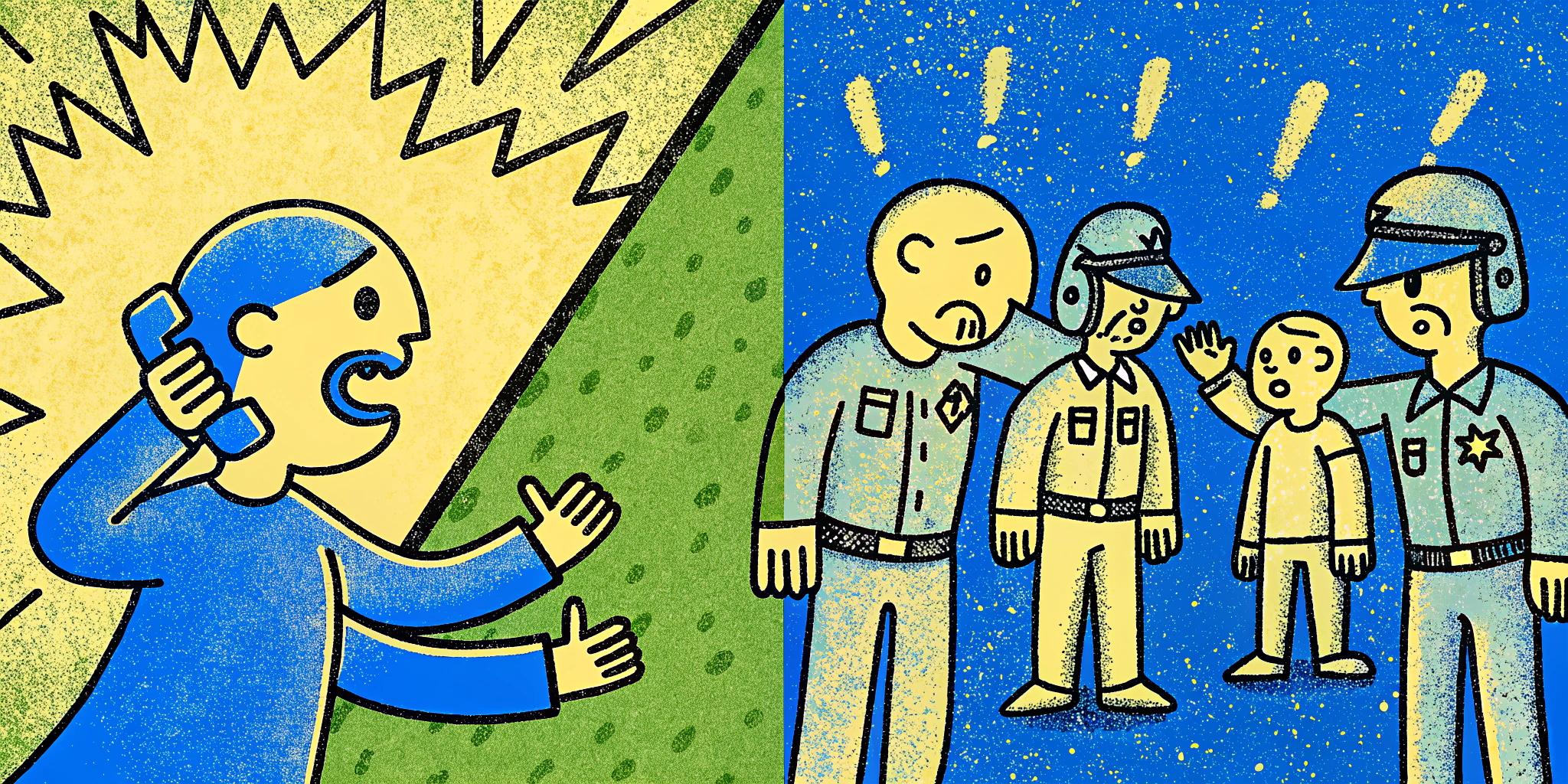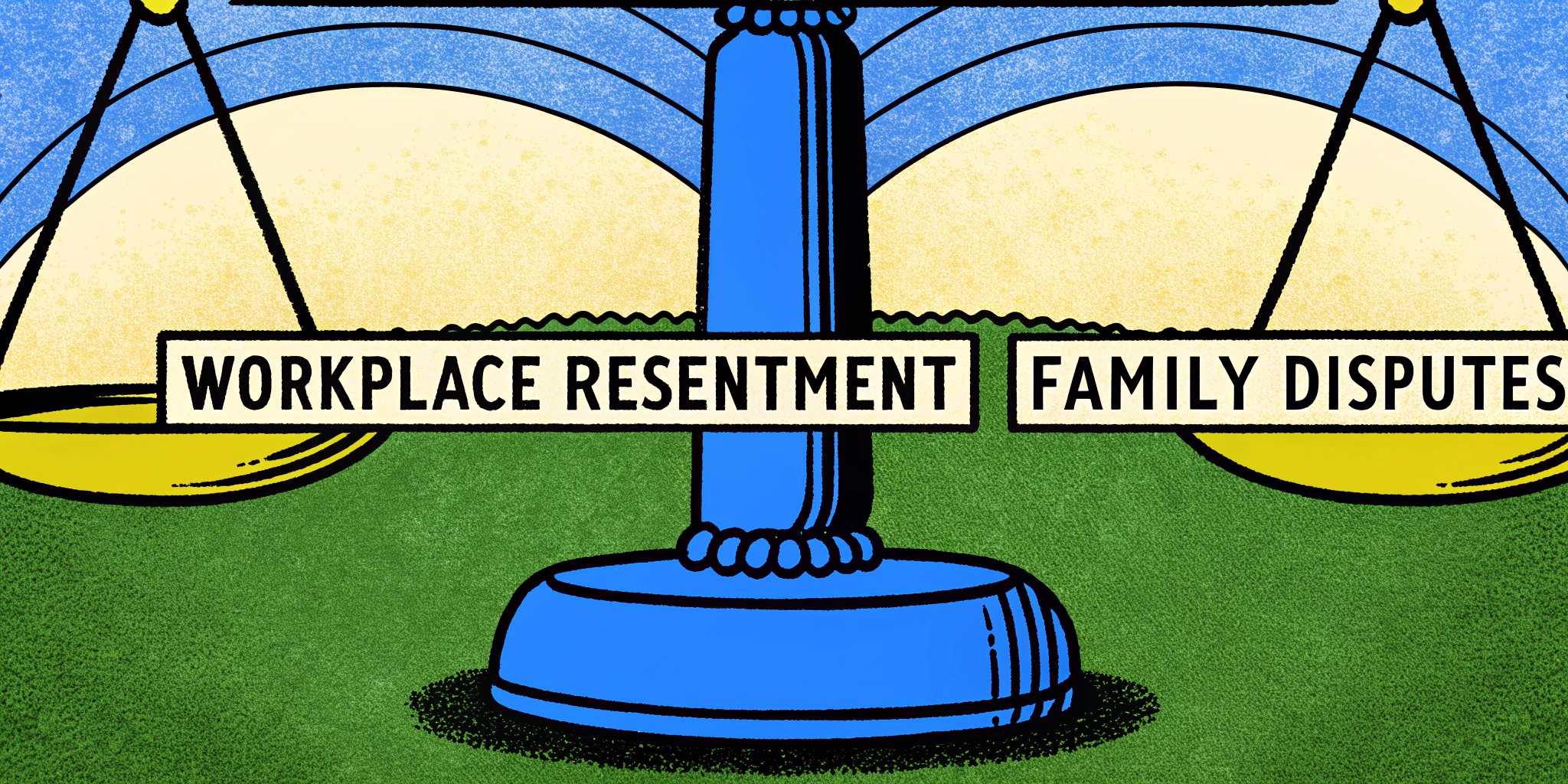When you hear the term “hostage negotiator,” it likely conjures dramatic Hollywood scenes: police sirens wailing, snipers poised on rooftops, helicopters circling overhead. Is it a bank robbery gone awry? A tense standoff in a foreign embassy? That’s where my career path has often been misunderstood.
Hi, I’m Caroline, a conflict resolution specialist with 25+ years of experience, and yes, I began my journey learning techniques hostage negotiators use under extreme circumstances. But here’s the truth: the stakes we face in our everyday personal and professional lives can feel just as immense.
Here’s the kicker—earning trust, diffusing animosity, and solving conflicts doesn’t always require being on a rooftop with a megaphone. Turns out, the same strategies that save lives can also save relationships, marriages, workplace camaraderie, or family dynamics. And today, I’ll show you how curiosity—yes, good ol’ curiosity—is the basis to unlock solutions to even the most intractable disagreements.
1. The Hidden Costs of Everyday Conflicts
Conflict doesn’t demand police barricades to wreak havoc. It can show up in everyday interactions:
👨👩👧 Shortly after my husband suffered a brain injury from three car accidents in quick succession, I came home to a “completely different person.” I was nine months pregnant with baby number six, but what hurt more than physical exhaustion was the constant emotional disconnection.
💼 That same tension can be mirrored in workplaces. Ever had a coworker misinterpret an innocent email? Or felt resentment bubbling during team disagreements?
🚨 Quick Fact: Conflict is costly
Unresolved workplace disagreements impact productivity, morale, and even bottom lines. Research shows 85% of employees experience conflict, with many spending nearly 2 hours per week navigating disagreements.
What’s worse? At home, unresolved marital or family disputes alienate us from the people we love, leaving resentment that quietly festers.
2. Why Curiosity Is the #1 Skill in Conflict Resolution
When I was at breaking point in my marriage, drowning in personal chaos, curiosity became my lifeline. It’s not the kind of curiosity that prompts you to Google “how to bake pastries.” It’s deeper, deliberate, and transformational. I call it Resolution Curiosity.
What Makes Resolution Curiosity So Powerful?
Rather than clinging to the need to be “right,” it softens your stance and opens a pathway to understanding the other person’s perspective.
2.1 Three Questions That Will Transform Your Approach
Next time you’re tangled in conflict, ask yourself:
- ⭐ Did I allow the other person the freedom to share their side without interruptions or judgment?
- ⭐ Was I willing to hear their story without adding blame or defensiveness?
- ⭐ Can their perspective become part of the solution?
Here’s an example from my own life. After years of my husband’s post-injury changes, resentment boiled over. Instead of reheating old frustrations, I asked him questions like, “When you say you feel isolated, what’s contributing to that?” This opened the door to vulnerability instead of defensiveness.
3. Applying the Strategies: Both at Work and at Home
When it comes to disagreements—whether with colleagues, teens, or spouses—a thoughtful approach can be a game changer.
Scenario 1: Disagreement at Work
Imagine your team disagrees over budget allocations. Instead of defaulting to one solution, ask:
- “What do you see as the key priorities?”
- “If we adjusted X, could Y still be achieved?”
Practical Tip
Instead of imposing ideas, invite team members to collaborate on solutions. Many workplaces adopt the **active-listening and co-creation model** to minimize friction.
Scenario 2: At Home Conflict
Your teenager just snapped, “You don’t care about my freedom!” Don’t react defensively. Try understanding their “why”:
1️⃣ “When you say that, what do you wish I understood about your viewpoint?”
2️⃣ “What changes could help us both feel heard moving forward?”
🛠️ Resolution Toolbox: The STAR Framework
The STAR method isn’t just for interviews; it’s an incredible conflict-resolution mechanism:
| Component | Breakdown |
|---|---|
| S—Situation | Identify where disagreements occur (e.g., deadlines missed at work) |
| T—Task | Outline what needs fixing or collaborating on |
| A—Actions | Dig into actions taken by all parties and where adjustments can help |
| R—Results | Focus on desired outcomes mutually beneficial to all |
4. Lessons Learned From High-Stakes Negotiations
Here are a few standout lessons taken directly from negotiator playbooks:
🔥 Don’t assume motives. Arrogance fuels misunderstandings. Learn through dialogue.
🔥 Listen with neutrality. Just because you don’t agree doesn’t mean you can’t understand.
🔥 Flip the framing. Turn “Why can’t you just…” statements into “How can we…” This subtle shift promotes problem-solving.
5. FAQs on Tackling Disagreement and Building Bridges
Q: What if I disagree with my boss’s decision?
Rather than framing your argument as opposing them, ask clarifying questions to explore their reasoning. Starters:
- “Can you help me understand your thought process on this?”
- “What’s the main priority we’re solving for here?”
Q: My co-workers are clashing—how do I help diffuse the tension?
Play the role of facilitator, ensuring everyone feels equally heard. Use neutral phrases like:
- “Can you each share your concerns without interruptions, and let’s brainstorm together?”
In Closing: Why Curiosity Saves Relationships
Over three decades of marriage, curiosity turned my marriage from a battleground to a breakthrough. Whether in love, work, or family disputes, curiosity strips away defensiveness. It dismantles the pride that keeps us locked in battle.
By asking the right questions and focusing on solutions, you can resolve even the most frustrating disagreements. So what’s stopping you from “getting curious?”




